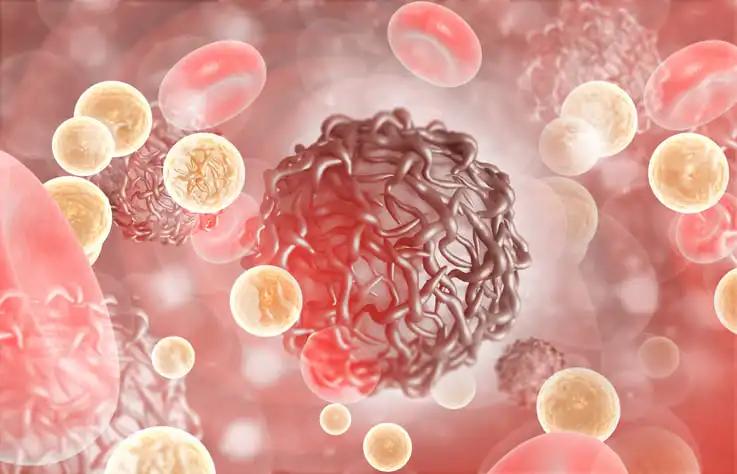KEY TAKEAWAYS
- The phase Ib/II study explored JDQ443 as a monotherapy or combined with other treatments, such as TNO155.
- The primary objectives for the JDQ443+TNO155 arm’s dose escalation were to assess safety and tolerability and to identify the RD and regimens for future evaluation.
- JDQ443+TNO155 was generally well-tolerated and effective.
The KontRASt-01 Ib/II trial explored JDQ443 as a monotherapy or in combination with other treatments, such as TNO155. For the arm combining JDQ443 and TNO155, the primary goals during the dose-escalation phase included safety and tolerability assessment and establishing the recommended dose (RD) and future treatment regimens.
The primary objective for the dose-expansion phase was to gauge initial efficacy using the overall response rate as measured by RECIST v1.1. Key criteria for participant inclusion consist of adults with advanced KRAS G12C-mutated solid tumors who have undergone previous standard-of-care treatments and have an ECOG PS score of 0-1. Patients (pts) previously treated with a KRASG12C inhibitor are eligible for both the dose-escalation and certain dose-expansion groups. The grading of adverse events (AEs) was done per CTCAE v5.0.
As of February 1, 2023, 50 pts participated in the dose escalation study of JDQ443+TNO155. The participants had various types of cancer: NSCLC (24 pts, 48%), colorectal (19 pts, 38%), pancreatic (3 pts, 6%), biliary (2 pts, 4%), duodenal (1 patient, 2%), and ovarian (1 patient, 2%). Among these, 17 had been previously treated with a KRASG12C inhibitor.
The treatment regimen included continuous administration of JDQ443, while TNO155 was either on a 2-weeks-on/1-week-off (2/1) schedule or administered continuously. Six different dosage combinations of JDQ443+TNO155 were explored. The median duration of treatment exposure was 18.0 weeks, ranging from 1.1 to 63.0 weeks.
Treatment-related adverse events (TRAEs) occurred in 44 pts (88%), with Grade 3-4 TRAEs observed in 18 pts (36%). No Grade 5 TRAEs were reported. The most frequently observed TRAEs, affecting at least 15% of pts, included peripheral edema, neutropenia, thrombocytopenia, diarrhea, anemia, and fatigue. Confirmed positive responses were noted in pts with NSCLC, biliary, duodenal, and ovarian cancers.
Among 12 NSCLC pts previously treated with a KRASG12C inhibitor, 4 (33.3%) showed confirmed responses, and the disease control rate was 66.7%. The maximum tolerated dose (MTD) was not reached; the RD of JDQ443 at 200 mg BID and TNO155 at 10 mg BID 2/1 were established for further evaluation. Biomarker data will be shared as it becomes available.
JDQ443+TNO155 showed acceptable tolerability, with the most significant toxicities being edema, cytopenias, and fatigue. MTD was not reached. The RD for future studies was chosen based on a comprehensive safety, pharmacokinetics, and efficacy data review. Early signs of anti-tumor activity were evident, including in KRASG12C inhibitor previously-treated NSCLC.
Source: https://cattendee.abstractsonline.com/meeting/10925/presentation/1009
Clinical Trial: https://classic.clinicaltrials.gov/ct2/show/NCT04699188
Negrao, M.V., Cassier, P.A., Solomon, B., Schuler, M., Rohrberg, K., Cresta, S., Dooms, C., Tan, D.S.W., Loong, H.H-f., Amatu, A., Assmann, K.K., Fairchild, L., Sansregret, L., Fan, L., Farago, A.F., Cho, B.C. KontRASt-01: Preliminary Safety and Efficacy of JDQ443 + TNO155 in Patients with Advanced, KRAS G12C-Mutated Solid Tumors.



